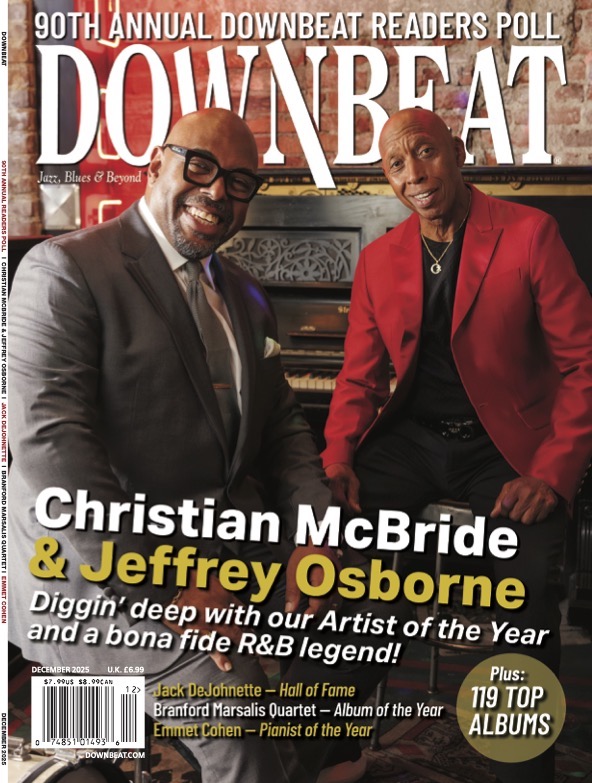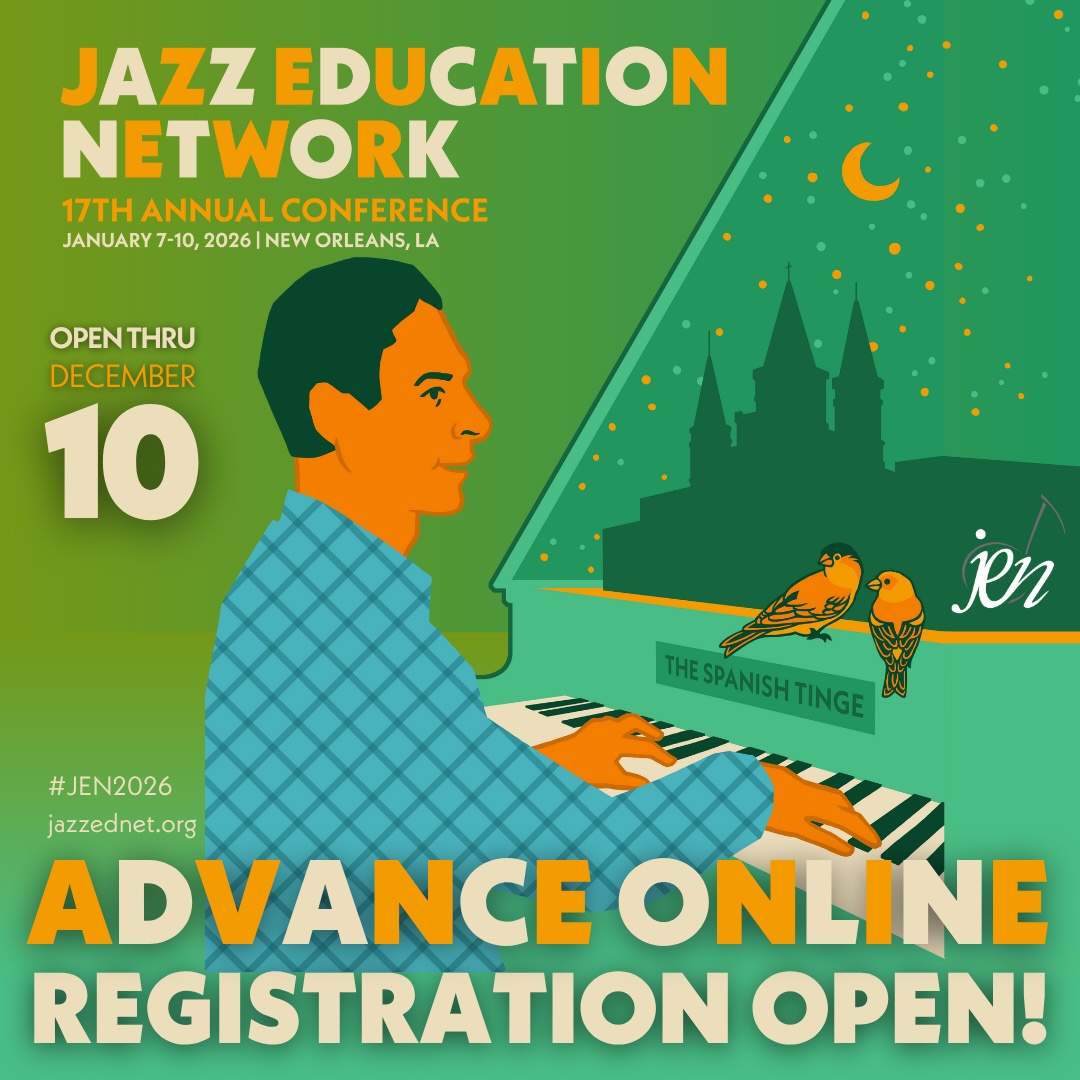Oct 28, 2025 10:47 AM
In Memoriam: Jack DeJohnette, 1942–2025
Jack DeJohnette, a bold and resourceful drummer and NEA Jazz Master who forged a unique vocabulary on the kit over his…
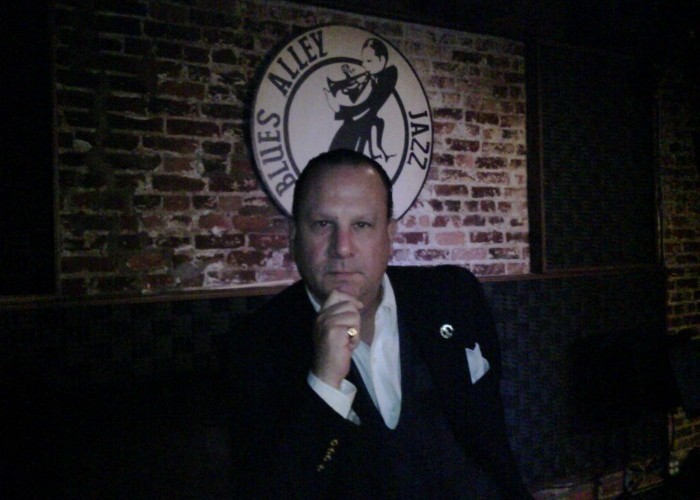
Harry Schnipper, owner of Blues Alley, which will celebrate its 60th anniversary on July 21.
(Photo: Michael Wilderman)On a Thursday afternoon in early March, the lights are dimmed inside Blues Alley as employees polish tables and scrub the floors. The Washington, D.C.-based, red-brick carriage-house jazz club is preparing to welcome Nicholas Payton.
“He’s without a doubt one of the preeminent jazz trumpeters from New Orleans,” says Harry Schnipper, Blues Alley’s owner and executive director, noting that the club has been a regular stop for Payton since the beginning of his solo career.
Blues Alley is a cozy, roughly 3,250-square-foot venue that includes a kitchen, bar and upstairs space. Its walls are decorated with photos of jazz stars such as Ramsey Lewis, Ahmad Jamal, Sarah Vaughan, Sonny Rollins and many more.
Payton is one of the thousands of jazz luminaries who regularly visit Blues Alley, the oldest, continuously operating jazz supper club in the U.S., according to Schnipper’s account. Later in the month, other marquee artists such as Buster Williams, Lenny White, Benito Gonzalez, Steve Davis, Eddie Henderson and Sy Smith were slated to perform.
On July 21, Blues Alley will celebrate its 60th anniversary. Surrounding that auspicious date, the hallowed venue will present a rotating cast of “legacy acts” that include Yellowjackets, Stanley Jordan, Jon Faddis, David Benoit, Eliane Elias, Michael Stern, the New York Voices and Tuck and Patti.
Schnipper became Blues Alley’s owner in 2003, but his history with the club dates back to his teens. He was 16 years old in 1973, when he went there for the first time to see Larry Coryell and his Eleventh House ensemble. Schnipper recalls Georgetown — the district where Blues Alley lives — at that time being a “sleepy little neighborhood that was mostly industrial” as opposed to today’s posh residential homes and top retail stores, teeming with foot, vehicle and bicycle traffic.
Conversely, Schnipper compares the Georgetown of the early ’70s to New Orleans’ Bourbon Street. “You couldn’t roll a bowling ball down M Street without hitting a jazz club or a nightclub,” he says before mentioning other legendary but now-defunct music venues such as the Cellar Door, Desperados, the Crazy Horse, the Saloon, the Pirate’s Den and the Dungeon.
Today, Blues Alley is the lone survivor on that long list. Not only has Blues Alley persisted through waves of gentrification that have priced many people and business owners out of Georgetown and the greater Washington, D.C., area, the club has ridden the waves of multiple stylistic evolutions within jazz, various local and federal government administrations, the 9/11 terrorist attacks, the COVID-19 pandemic and the Jan. 6 insurrection on Capitol Hill.
In short, he and the club have seen it all.
With this year marking the fifth anniversary of the pandemic, Schnipper reflects on how Blues Alley survived, noting that it was, in part, because it’s in the nation’s capital. “We are a bit of a cultural anomaly in terms of our relationships,” he says of D.C. “Decades ago, I began developing a partnership with Voice of America.”
In April 2020, producers from VOA asked Schnipper if he wanted to do a broadcast performance in tribute to VOA’s Willis Conover the following year in celebration of the legendary jazz broadcaster’s centennial birthday. The lightbulb in Schnipper lit up. But he didn’t wait until the following year to switch to streaming virtual live shows; he launched Monday Night Jazz Series at the National Press Club in November 2020 in partnership with VOA. The streaming concerts at the National Press Club continued until Blues Alley reopened for in-person concerts in September 2021.
“By the time I’d finished [those streaming concerts], I was working with all of the embassies in Washington, D.C.” Schnipper says. “Let’s face it. This industry is all about relationships. Also, my broker, accountant and attorney all said that if I didn’t do something during that time, there wouldn’t be a market for me to present jazz when the pandemic finished. So, I seized the opportunity to establish Blues Alley as a global brand.
“So, fast-forward, we are now broadcasting around the world,” he adds, “We are streaming shows simultaneously [from Blues Alley]. A great deal of this is archived on our website.”
Blues Alley was founded in 1965 by Tommy Gwaltney, a Dixieland jazz clarinetist and vibraophonist, who used the venue to celebrate his favorite brand of jazz. In fact, he would play there often, leading a combo called the Blues Alley Cats, which also accompanied many of the visiting jazz musicians who performed there. Three years later, Gwaltney sold it to Bill Cannon, a retired Air Force colonel.
When Cannon became the owner, the booking at Blues Alley modernized to include artists such as Thad Jones and Monty Alexander. The year that Schnipper first saw a show at Blues Alley, lawyer and entrepreneur John T. Bunyan owned it.
Under Bunyan’s leadership, Blues Alley increasingly became an internationally renowned jazz club with acts that stretched a greater idiomatic spectrum — from trad-jazz to hard-bop, fusion to avant-garde. The joint caught the attention of Dizzy Gillespie, who reportedly said, “Now, this is a jazz club,” in 1978.
Bunyan expanded the Blues Alley brand by launching the Blues Alley Music Society and Youth Orchestra in 1985. It was a nonprofit designed to cultivate emerging jazz talent. In terms of documenting young talent during that time, no album is more illustrative than Wynton Marsalis’ Live At Blues Alley, which captured the then 25-year-old trumpeter leading a crackling quartet in December 1986. Released a year later on Columbia Records, the album increased the buzz about Blues Alley being a premier jazz club.
Back to current times, Blues Alley is facing a potentially serious challenge. With the Trump administration’s recent dismantling of VOA and bullying art institutions such as the Kennedy Center and the National Endowment for the Arts, non-mainstream artists of varying idioms are understandably worried. The Trump administration’s federal budget-slashing actions could impact D.C.’s arts ecosystem.
Schnipper says that since Trump’s second presidential inauguration, he’s witnessed a contraction in the cultural market, particularly with jazz.
“But I’ve seen a corresponding growth in the number of artists looking to perform at Blues Alley,” Schnipper says. “So, I think it’s incumbent upon small venue owners to step up our game and consider the value of our entertainment.” DB
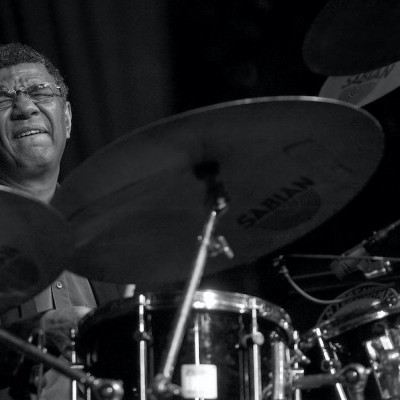
Jack DeJohnette boasted a musical resume that was as long as it was fearsome.
Oct 28, 2025 10:47 AM
Jack DeJohnette, a bold and resourceful drummer and NEA Jazz Master who forged a unique vocabulary on the kit over his…
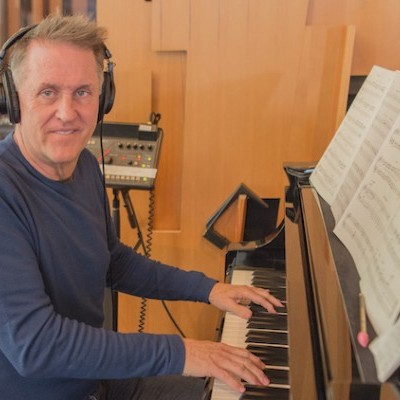
Goodwin was one of the most acclaimed, successful and influential jazz musicians of his generation.
Dec 9, 2025 12:28 PM
Gordon Goodwin, an award-winning saxophonist, pianist, bandleader, composer and arranger, died Dec. 8 in Los Angeles.…
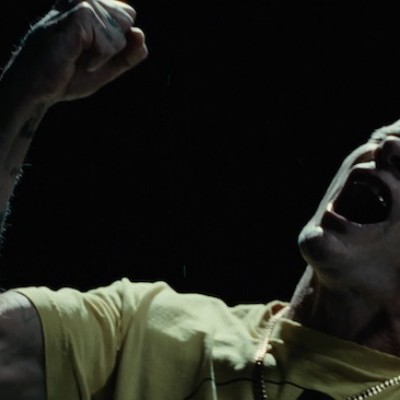
Flea has returned to his first instrument — the trumpet — and assembled a dream band of jazz musicians to record a new album.
Dec 2, 2025 2:01 AM
After a nearly five-decade career as one of his generation’s defining rock bassists, Flea has returned to his first…
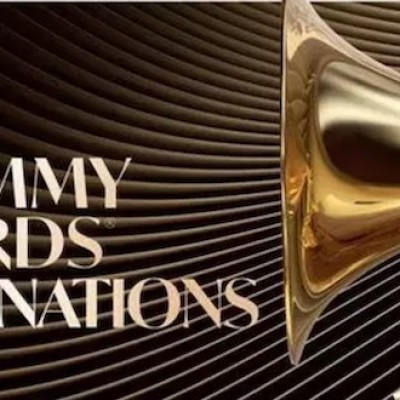
To see the complete list of nominations for the 2026 Grammy Awards, go to grammy.com.
Nov 11, 2025 12:35 PM
The nominations for the 2026 Grammy Awards are in, with plenty to smile about for the worlds of jazz, blues and beyond.…
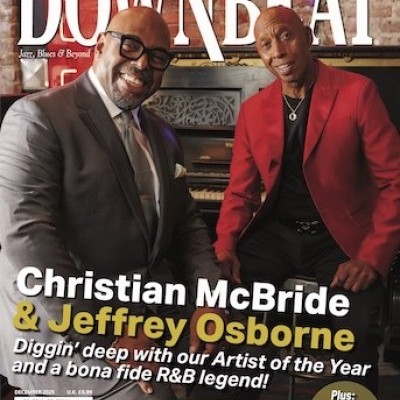
Nov 13, 2025 10:00 AM
For results of DownBeat’s 90th Annual Readers Poll, complete with feature articles from our December 2025 issue,…

